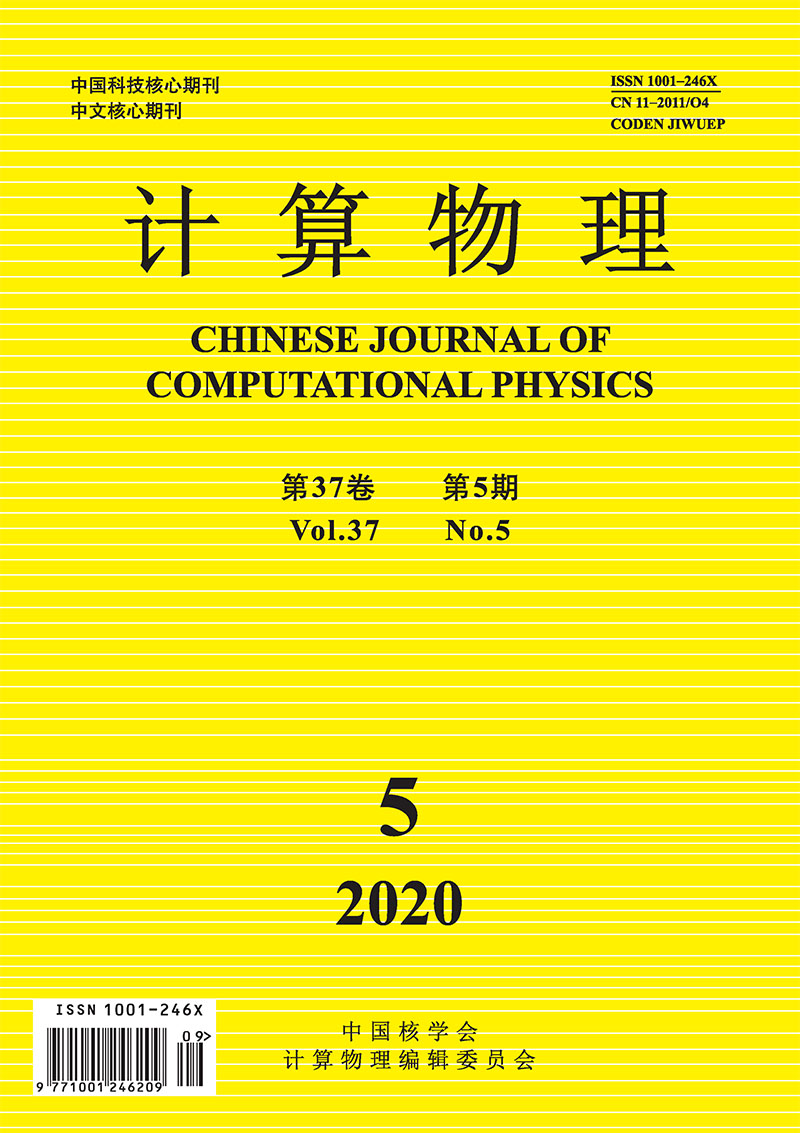|
|
First-principles Study on Structures and Mechanical Properties of Ternary Layered Ceramics M-Al-N (M=Ti, Zr, Hf)
PENG Junhui
2020, 37(5):
603-611.
DOI: 10.19596/j.cnki.1001-246x.8108
Based on first-principles method, structural stability of M-Al-N (M=Ti, Zr, Hf) was investigated and mechanical properties were calculated. Firstly, enthalpies of M-Al-N compounds were calculated, and M2AlN and M4AlN3 were found to be thermodynamically stable. Except for experimental structures Ti2AlN, Ti4AlN3, Zr2AlN and Hf2AlN, two stable structures Zr4AlN3 and Hf4AlN3 were found. Mechanically and dynamically stable were verified by calculation of elastic constants and phonon spectrum. Mechanical properties of M2AlN and M4AlN3 were calculated. It was found that they had high bulk modulus, shear modulus, elastic modulus, Vickers hardness and brittleness. Variation of mechanical properties of M-Al-N compounds with composition was analyzed, which provided theoretical basis for selection and application of this kind of materials. At last, electron density of states and partial DOS, electron density, Mulliken population analysis of M-Al-N (M=Ti, Zr, Hf) compounds were calculated.
|
